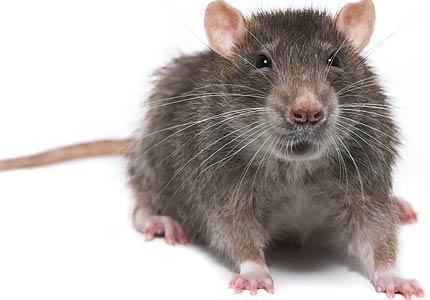
At the point when the vast majority hear the term rodent-borne disease, any semblance of Hantavirus, plague, rat-bite fever and salmonellosis are likely the first few to come to mind. In any case, there’s another rat-borne viral illness individuals ought to know about — Lymphocytic choriomeningitis, or LCM. This disease is caused by lymphocytic choriomeningitis virus (LCMV). LCMV is transmitted to people following exposure to rat-pee, droppings, salivation, or settling materials from contaminated house mice. People who are bit by an infected rat may likewise be in danger of exposure.
Symptoms and Treatment of LCMV
Generally, contamination with LCMV has two stages. The primary stage has non-particular “influenza-like” symptoms, such as fever, discomfort, lack of appetite, muscle hurts, headache, nausea, and vomiting. The second period is ruled by neurologic disease. Side effects may also include meningitis, encephalitis, or meningoencephalitis (inflammation of both the brain and meninges). Most cases are self-constrained, however, others may require confinement in case of seriousness. That being said, this disease is a substantially a more serious issue for women who were contaminated with LCMV during pregnancy since they may pass the infection on to the baby with serious outcomes.
Preventing LCMV
LCMV contamination can be forestalled by maintaining distance from contact with mice and mouse fecal matter. Homeowners should seal up small openings or holes with a silicone-based caulk, steel wool, or a mix of both. It’s additionally critical to take precautions risk when taking care of pet rodents (i.e. mice, hamsters, or guinea pigs).
